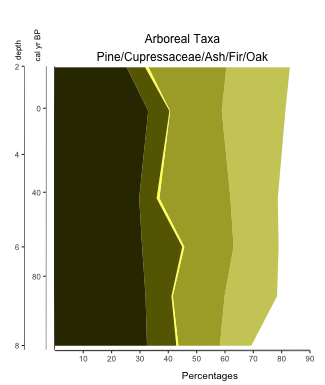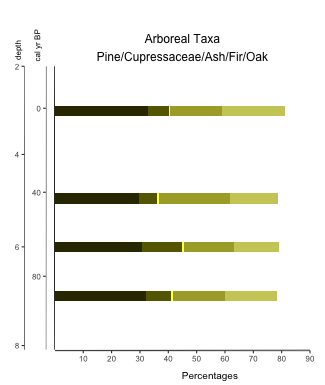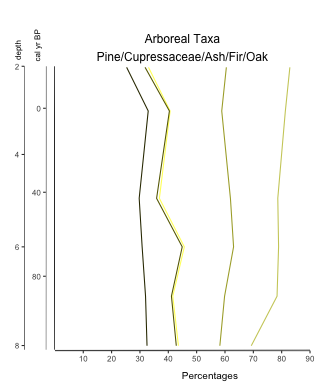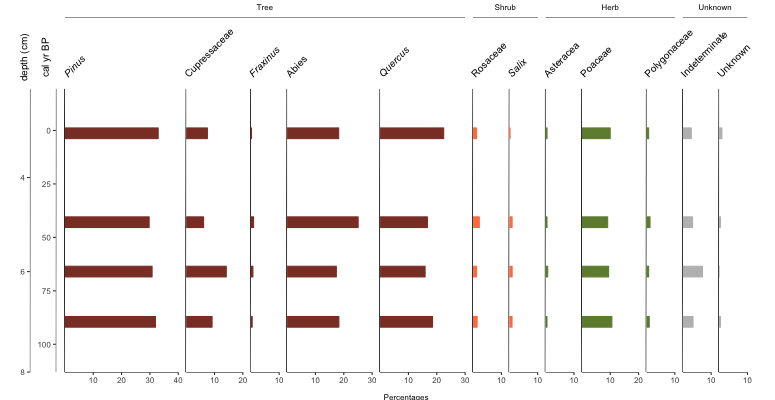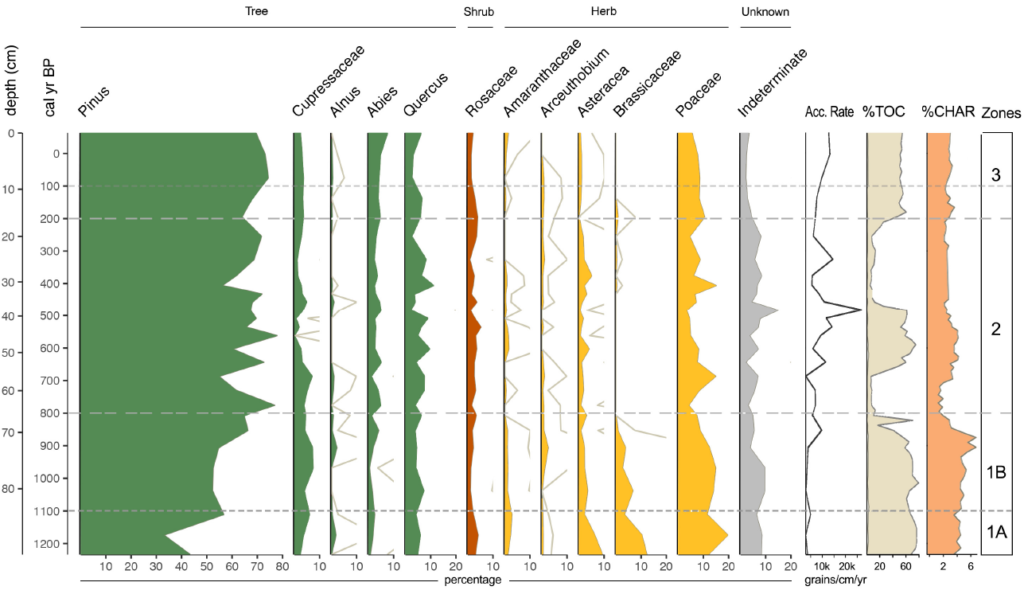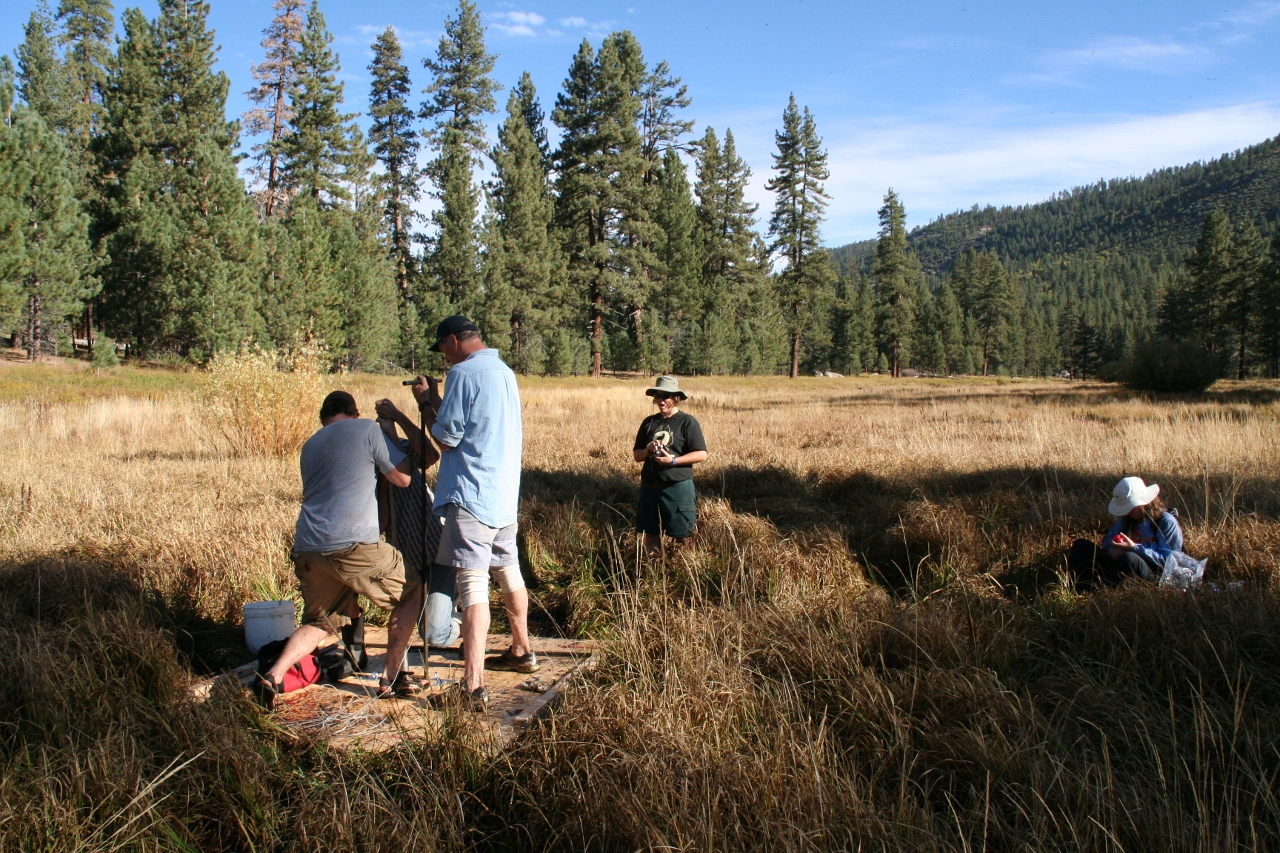In the previous post I talked about having a smartphone in the field, and how I had not yet tested the waterproofness of the Samsung Galaxy S5. Welp, I accidentally tested it two weeks ago while out in the field on another coring trip. This time in a lake.
It was my very first lake coring trip, so I was excited to observe how the raft was anchored, positioned, and moved. In my excitement, I forgot that I had my phone in my pocket (as I usually do). Walking along the edge of the lake to position the first anchor point, the bottom suddenly disappeared and I found myself in knee-deep mud and waist-deep water. After fits of laughter and finally getting myself dislodged I remembered my phone (okay, more like 10 minutes later). “Oh no!” was my first thought. “Oh, wait…” was my second. Sure enough, phone coated in mud, wiped off, and still ticking. Yay for field photography when no one else is willing to get their real cameras (or phones) wet!
Continue reading “Technology in the Field: Smartphones, Addendum 1” →
